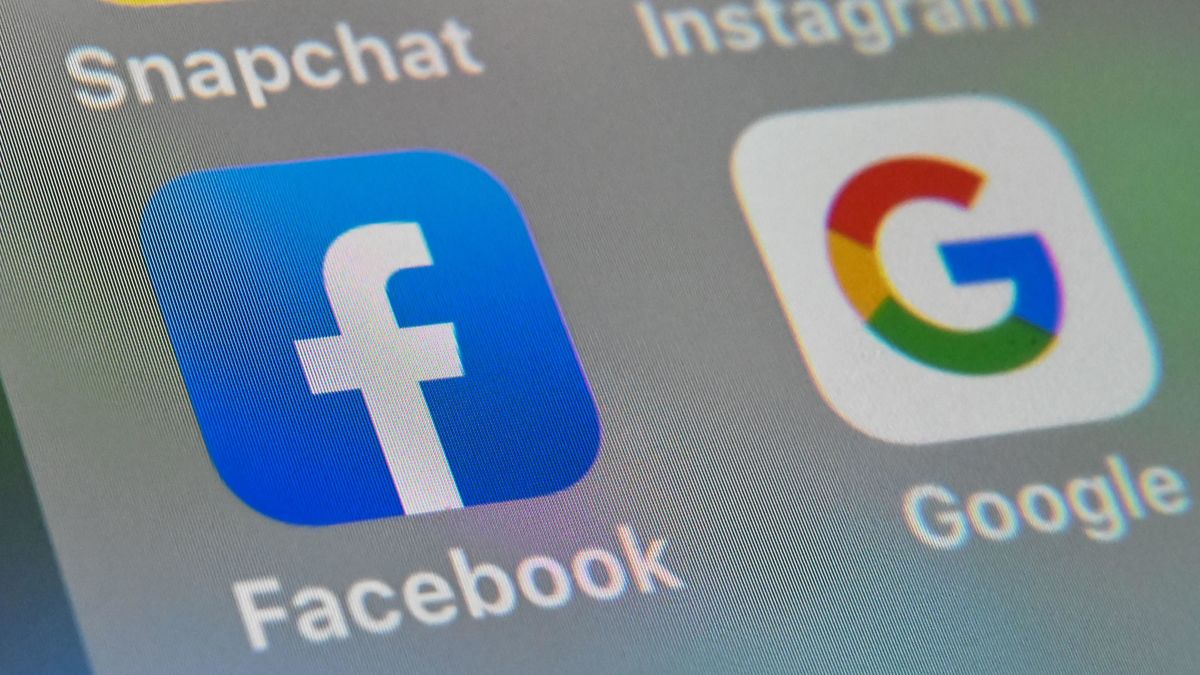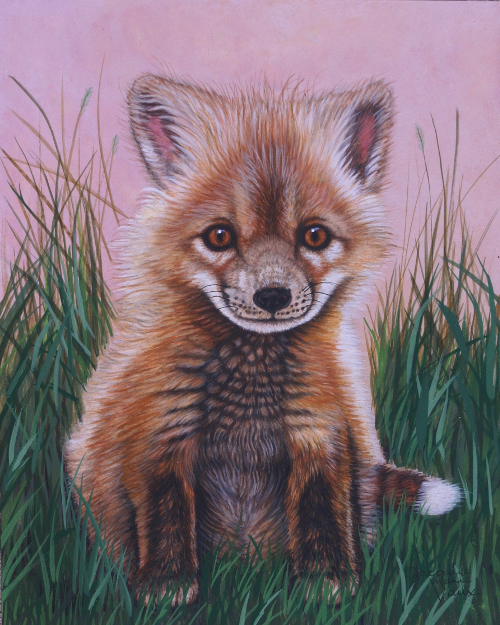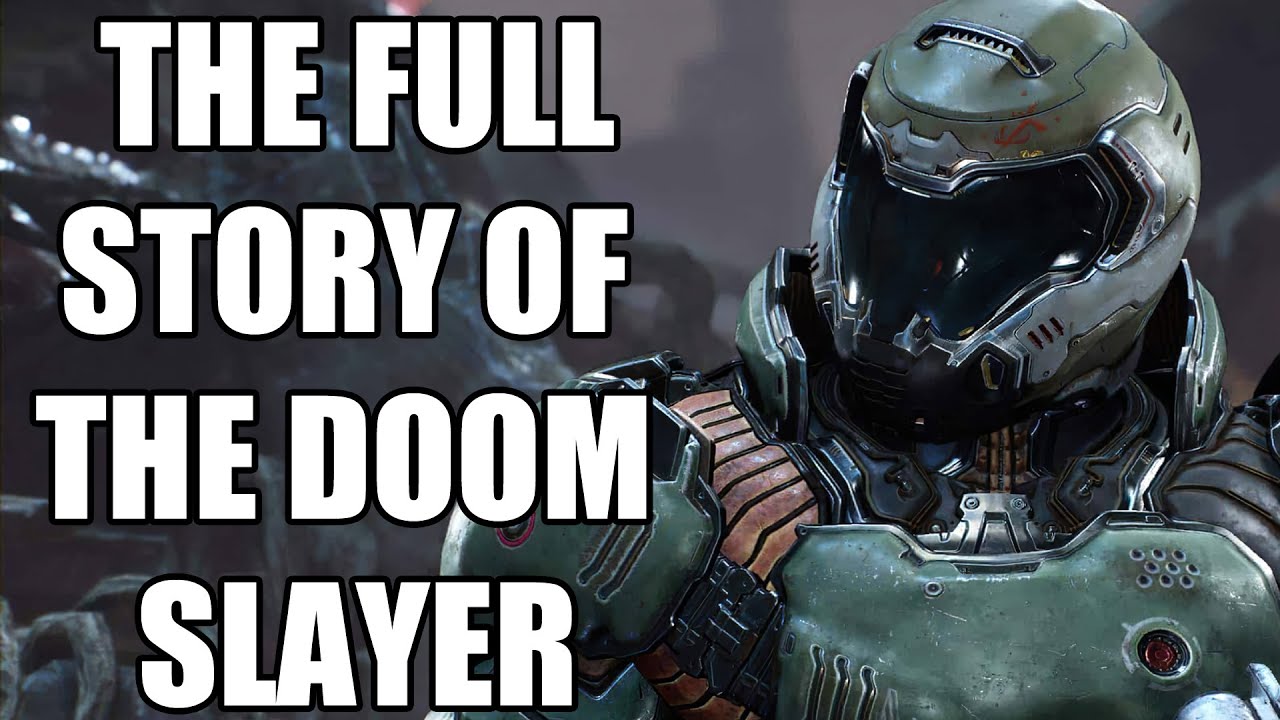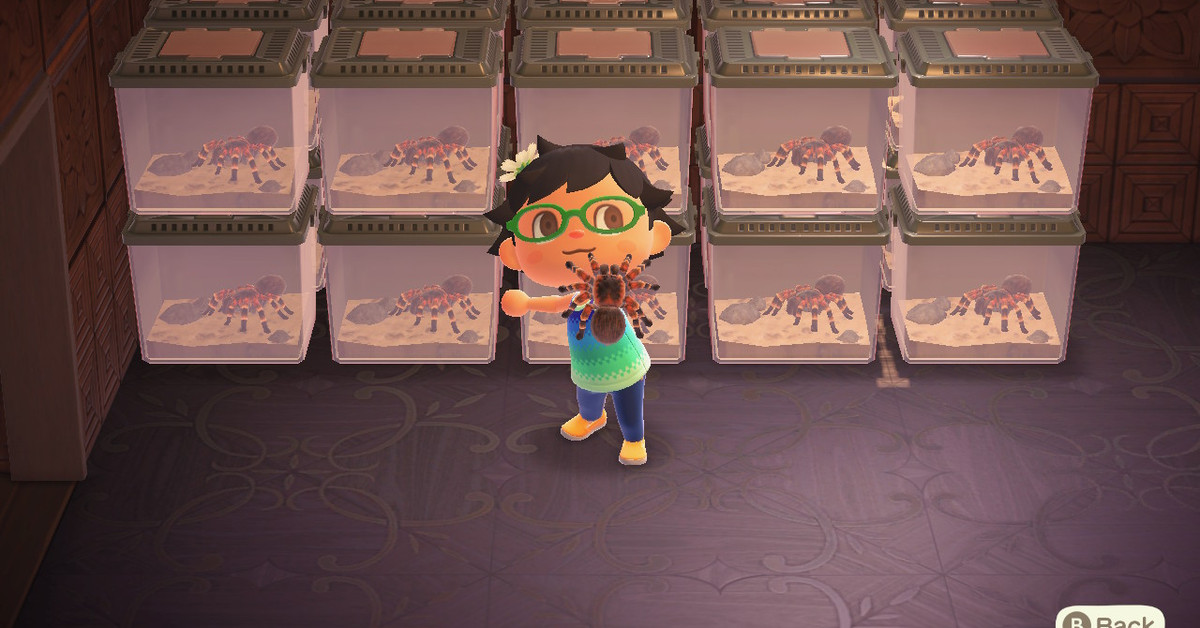Google Does the Bare Minimum to Keep Industry It Destroyed on Life Support

Photo: Getty ImagesDespite surging traffic and readership as coronavirus keeps people in their homes and on the internet, the media layoffs and pay cuts just keep coming. Now, here to save journalism in its hour of need, Google has launched the Journalism Emergency Relief Fund to “deliver urgent aid to thousands of small, medium and local news publishers globally.” OK, Google—this relief fund is a drop in the bucket compared to the cash the company has raked in over the years while helping to gut publishers left and right.In its blog, Google says from now until April 29, any publication can apply for relief so long as it produces “original news for local communities.” But the fund will only provide aid in the “low thousands” for “small hyper-local” newsrooms and in the “low tens of thousands” for larger newsrooms. The application guidelines also note that the fund is targeted toward newsrooms with somewhere between two and 100 full-time journalists—so those that rely on part-time and contract workers may be out of luck—and limit what type of coverage is worthy of a bailout. For instance, applicants must have a “focus on core news,” discounting lifestyle, sports, and business-to-business publications. Something is better than nothing, but it sure does smack of “too little, too late.”The covid-19 pandemic hasn’t created the disconnect between high traffic and an increasingly unsustainable media industry; it’s just highlighted how much damage has already been done. Google and Facebook have both chipped away at advertising revenue for years. In 2010, Google revealed in an AdSense blog that it takes a 32 percent cut from content ads and a 49 percent cut from search ads. While it might seem that publishers take home the majority of earnings in both scenarios, a News Media Alliance op-ed noted that “Google AdSense has become less relevant for publishers who sell through Google Ad Manager,” which has more opaque revenue sharing rules, “and Google benefits significantly more from that relationship than do publishers.” It’s hard to find concrete numbers, but what numbers are out there paint a bleak picture of how much publishers take home from ads. A 2017 report from Digital Content Next found that the average premium publisher took home only $7.7 million from putting its content on third-party distribution platforms like those owned by Facebook, Google, and Snapchat—a mere 14 percent of overall revenue. Together, Facebook and Google make up 60 percent of the digital ad industry in the U.S. and in 2019 made an estimated $65 billion in revenue. Google itself has a 90 percent stranglehold on search, and holds nearly 70 percent on the online ad tech market, according to News Media Alliance. That translates to 37 percent of all online advertising revenue in the U.S. And in true vampiric fashion, Google benefits not only from digital media putting ads on their sites, but also from advertisers using its (and Facebook’s) ad tech when placing those ads. Trying to map it all out is headache-inducing, but what it amounts to is Google (and Facebook) double-dipping while publishers take home an even smaller cut. In 2016, the Guardian said it took home as little as 30-40 pence per pound that advertisers spent on the site. Is it really any surprise that the Guardian, despite record increases in subscriptions, announced this week that 100 non-editorial staff would be furloughed due to coronavirus? You’ll have to excuse this salty blogger for looking at Google’s Journalism Emergency Relief Fund and only seeing a PR stunt. Sure, Google is giving $1 million collectively to the International Center for Journalists and Columbia Journalism School’s Dart Center for Journalism and Trauma. Hey, Facebook also said it was committed to giving $100 million to local news organizations impacted by covid-19. But a few one-time handouts aren’t going to keep the lights on at these local publications for very long, and it’s not clear when things will get back to normal. Others have suggested it, but maybe carving out a cool billion for journalism endowments outside of a crippling pandemic would be a good start. Until then, Big Tech ought to keep its platitudes about “how vital journalism is right now” to itself.
Read More




